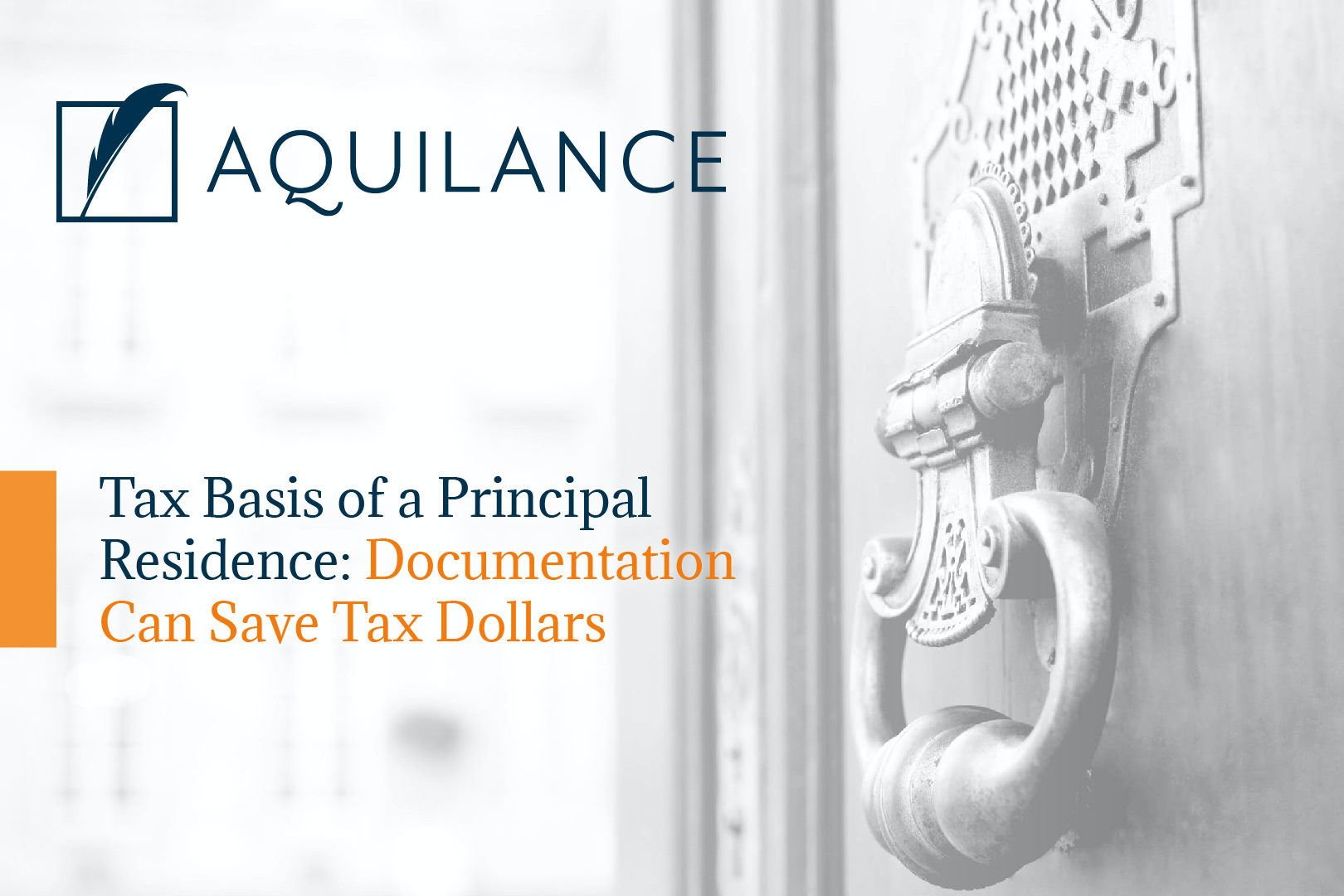At present, you may be able to exclude a portion or possibly the entire capital gain realized on the sale of your home if certain ownership requirements are met.
The requirement is that during the five-year period ending on the date of the sale, you must have owned and used the home as your principal residence for a period aggregating two or more years. The ownership and use requirements are based on the total number of days or months, either 24 full months or 730 days will satisfy the two-year ownership and use requirements. Ownership and use for these purposes do not need to be concurrent. Under certain special circumstances the five-year test period may be suspended. If an individual owns more than one home, the home that a taxpayer uses for most of their time during the year will be considered his or her principal residence for that year.
The amount of the exclusion is limited to $250,000 for a single individuals and married individuals filing separately. The exclusion is increased to $500,000 in the case of a married couple filing a joint return, where at least one spouse meets the ownership requirement, both spouses meet the use requirement and neither spouse is ineligible for the benefits because he or she excluded the capital gain on the sale of a home within the past two years. If an individual marries someone who is ineligible, that individual would remain eligible for a maximum $250,000 exclusion. If all the requirements are met the exclusion can be used more than once in an individual’s lifetime.
Determination of Tax Basis
Your home’s tax basis is made up of three components.
- Original Cost of Property:The starting point for determining the tax basis of a home is the purchase price plus closing costs, such as legal fees, charges for installing utility services, transfer taxes, title insurance, inspection costs and amounts owed by the seller that you agree to pay. You should consult with your tax advisor to determine the tax basis of an inherited home, a gifted house, or a newly constructed house.
- Capital Improvements: The cost of any improvements you make to your home while you own it are added to its basis. Capital improvements include any work done that adds to the value of your home or increases its useful life. These include installation of a permanent generator, landscaping, room additions, new bathrooms, new windows, decks, fencing, wiring upgrades, walkways, driveway, finishing a basement or attic, kitchen upgrades and remodeling, plumbing upgrades, a new roof, and a swimming pool. The IRS has indicated that capital improvements must last for more than one year and add value to your home, prolong its life or adapt it to new uses. The improvements must still be part of your home when you sell. For example, if you put in wall -to-wall carpeting 10 years ago and then replaced it with tile floors five years ago, the cost of the carpeting will not count as a capital improvement. If the home is a condominium or cooperative there are special rules for what constitutes a capital improvement. Improvements to a cooperative building such as a new boiler or roof may be treated as a capital improvement added to tax basis based on the portion of the cooperative shares owned by you, whether paid by a special assessment or out of the buildings’ reserve fund. In a condominium ownership those costs are only treated as an addition to tax basis if the work is paid through a special assessment.
- Other Adjustments to Basis: Tax basis must be reduced by insurance reimbursements for casualty losses, home casualty losses that were deducted on a your tax return, deferred gains on home sales before 1998, and depreciation claimed after May 6, 1997 if you used the home for business or rental purposes.
If you receive an informational income-reporting document such as a Form 1099-S, Proceeds from Real Estate Transactions, you must report the sale from your home even if the gain from the sale is excludable. In addition, if any part of the gain is taxable it must be reported as a capital gain.
The IRS requires documentation to support the computation of tax basis on the sale of a principal residence.
How Can Aquilance Help?
- We maintain a detailed record of expenditures and documentation as requested including appropriate classification as an improvement for tax basis purposes. This type of support which can go back many years will result in a reduction in taxable gain on the sale of a principal residence.
- We can, on a project basis, reconstruct the cost basis of a home including capitalizable improvements with appropriate documentation which can be provided to your accountant if necessary.
- We can maintain records if requested that would support the principal residence 2 out of 5-year test and alert you of steps that need to be taken to document the principal residence usage.
- Where homes are part of an estate planning strategy such as Qualified Personal Residence Trust, we can monitor the planning parameters so that the Trust Agreement is followed to the letter and reported to the Trustee(s).






